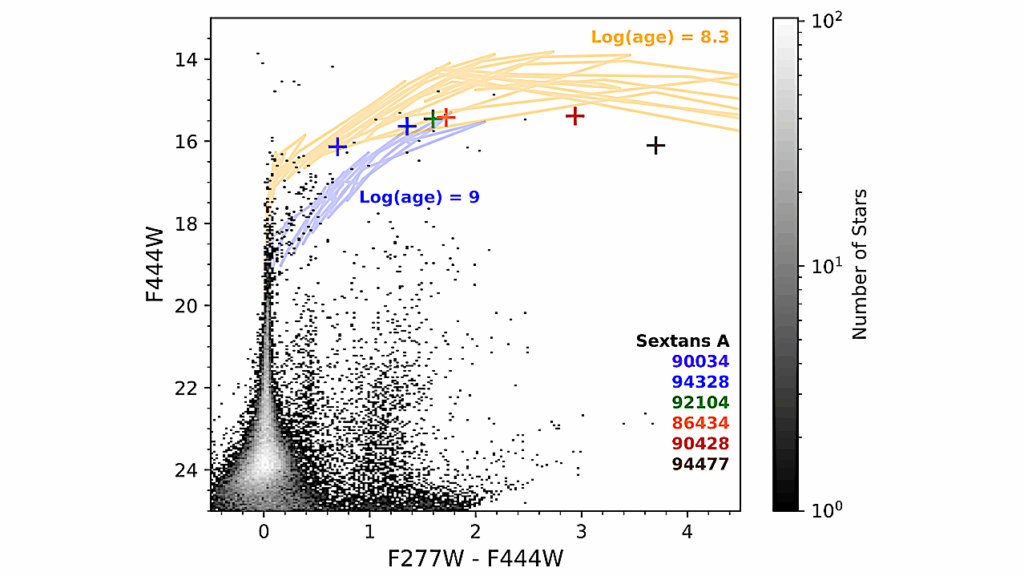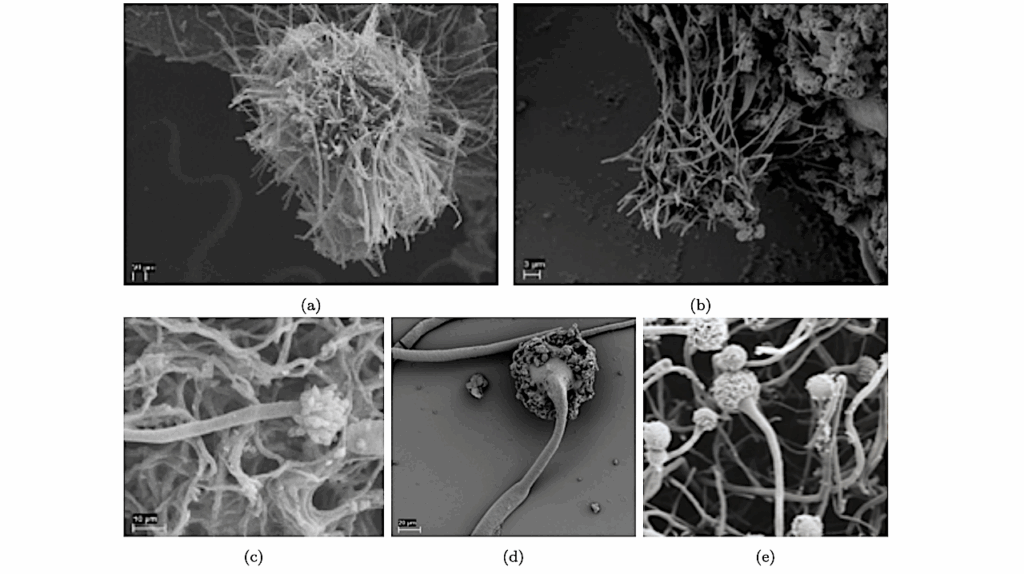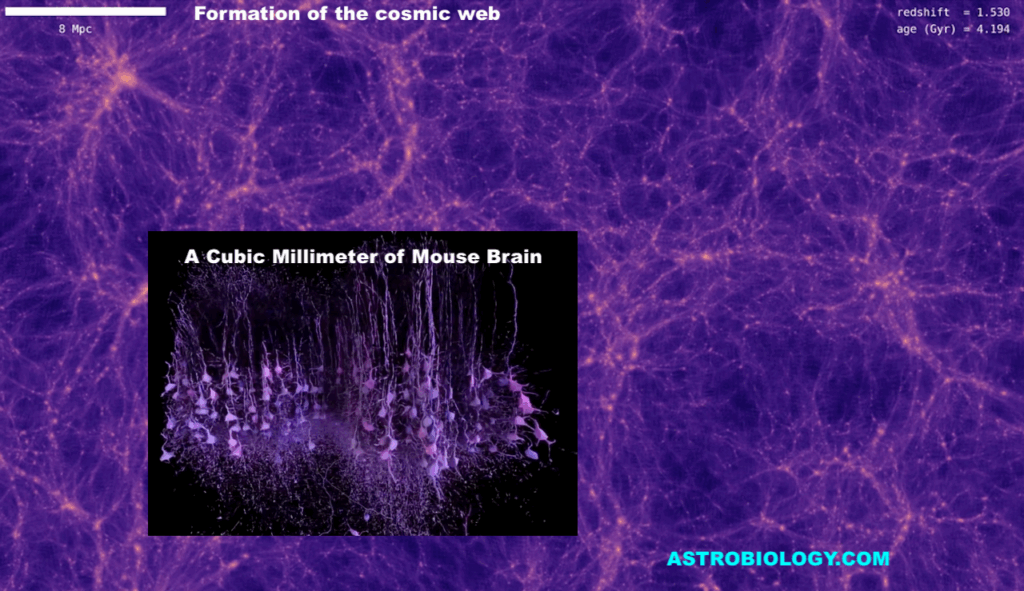Biophysical Interactions Underpin the Emergence of Information in the Genetic Code

The genetic code conceals a ‘code within the codons’, which hints at biophysical interactions between amino acids and their cognate nucleotides. Yet, research over decades has failed to corroborate systematic biophysical interactions across the code. Using molecular dynamics simulations and NMR, we have analysed interactions between the 20 standard proteinogenic amino acids and 4 RNA mononucleotides in 3 charge states.
Our simulations show that 50% of amino acids bind best with their anticodonic middle base in the −1 charge state common to the backbone of RNA, while 95% of amino acids interact most strongly with at least 1 of their codonic or anticodonic bases.
Preference for the cognate anticodonic middle base was greater than 99% of randomised assignments. We verify a selection of our results using NMR, and highlight challenges with both techniques for interrogating large numbers of weak interactions. Finally, we extend our simulations to a range of amino acids and dinucleotides, and corroborate similar preferences for cognate nucleotides.
Despite some discrepancies between the predicted patterns and those observed in biology, the existence of weak stereochemical interactions means that random RNA sequences could template non-random peptides. This offers a compelling explanation for the emergence of genetic information in biology.
Aaron Halpern, Lilly R. Bartsch, Kaan Ibrahim, Stuart A. Harrison, Minkoo Ahn, John Christodoulou and Nick Lane
Life 2023, 13(5), 1129; DOI: 10.3390/life13051129
https://www.mdpi.com/2075-1729/13/5/1129 (open access)
Astrobiology, Genomics








